When the lights fade on Black Rock City and the last art cars roll away, the desert begins to
reclaim its quiet. According to information released by the Burning Man Project, cleanup work is
far from over. In an official post-event statement, organizers reaffirmed their guiding principle of
Leaving No Trace, a promise, they say, to restore the Black Rock Desert to its pristine state.
“It’s more than cleanup,” the post read. “It’s a labor of love for the desert that welcomes us each
year.”
For weeks after the event, Playa Restoration crews, known as “Resto,” stay behind to walk the
site inch by inch. They sweep for MOOP, “Matter Out of Place” collecting anything not native to
the playa: a button, a splinter, a tent stake, a feather, even a piece of string. They rake out tire
tracks, smooth burn scars, and remove buried rebar left behind from camps and art installations.
Once the site is spotless, the Bureau of Land Management conducts an inspection, one of the
strictest in the nation. Burning Man’s permit depends on passing, and organizers proudly report
that the festival has met the standard nearly every year.
Meanwhile, highway cleanup crews continue the work along routes 447 and 446, ensuring every
mile leading to and from the playa is cleared of debris.
But for residents of the small Northern Nevada towns that serve as gateways to Burning Man, the
story doesn’t end with the BLM inspection.
Each September, the so-called “Exodus” floods rural highways with tens of thousands of
departing burners and, locals say, a wave of trash that stretches from Gerlach to Reno and the
small, rural towns that lead out of Nevada.
“Burning Man swears they’re all about ‘Leave No Trace,’” said Lyla Doll, a local resident.
“They clean the playa enough to pass inspection, then dump their trash on the small towns
around it. Locals making minimum wage are the ones left cleaning up after these rich ‘hippies.’”
Former Reno resident Diane Kennedy echoed that frustration. “We dread the exodus more than
anything. They leave trash in residents’ garbage cans, rest areas, and along the highway. I used to
dream about going until I saw what really happens afterward.”
Debby Sweitzer, another Northern Nevadan, said this year’s cleanup extended well beyond the
desert floor. “They leave a mess that takes weeks to clean up not just on the playa, but in Reno
and all the surrounding communities. Until the BLM and our local governments put their foot
down, it’s just going to get worse.”
Others shared concerns about safety, citing abandoned items, biohazards, and drug paraphernalia.
“I’m not sure it’s safe,” Sweitzer said, noting reports of Scouts helping with cleanup.
And from the roadside, Andrea Van Leuven described what many see for themselves: “Traveling
down Highway 447, a week after the event ended, I still saw remnants of garbage, broken items,
things left behind. They say they leave no trace on the playa, but they leave plenty along our
Nevada highways.”
Despite the frustration, some local groups are stepping up to turn the post-event mess into an
opportunity for stewardship.
Scout Troop 1847, together with the Reno outdoor gear shop Gear Hut, hosts a post-Burning
Man collection event, offering participants and locals a safe place to dispose of leftover trash and
materials responsibly. The effort, organizers said, helps reduce illegal dumping and reinforces the
“Leave No Trace” ethic closer to home.
Meanwhile, Full Circle Compost in Carson City is teaming up with camps that separate food
waste during the event. “These camps not only manage their own waste but also gather food
waste from others,” the company shared. “After the event, they bring it to us, and we turn it into
nutrient-rich compost that gives back to the Earth.”
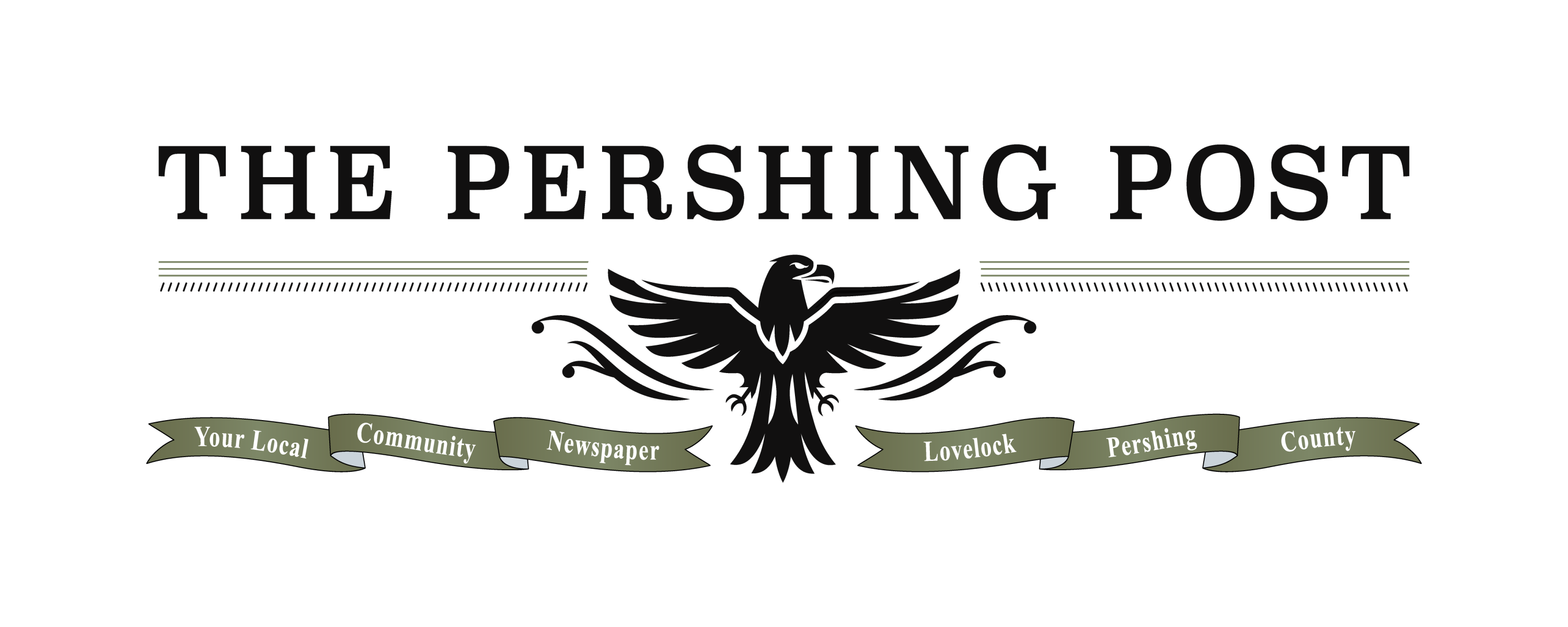
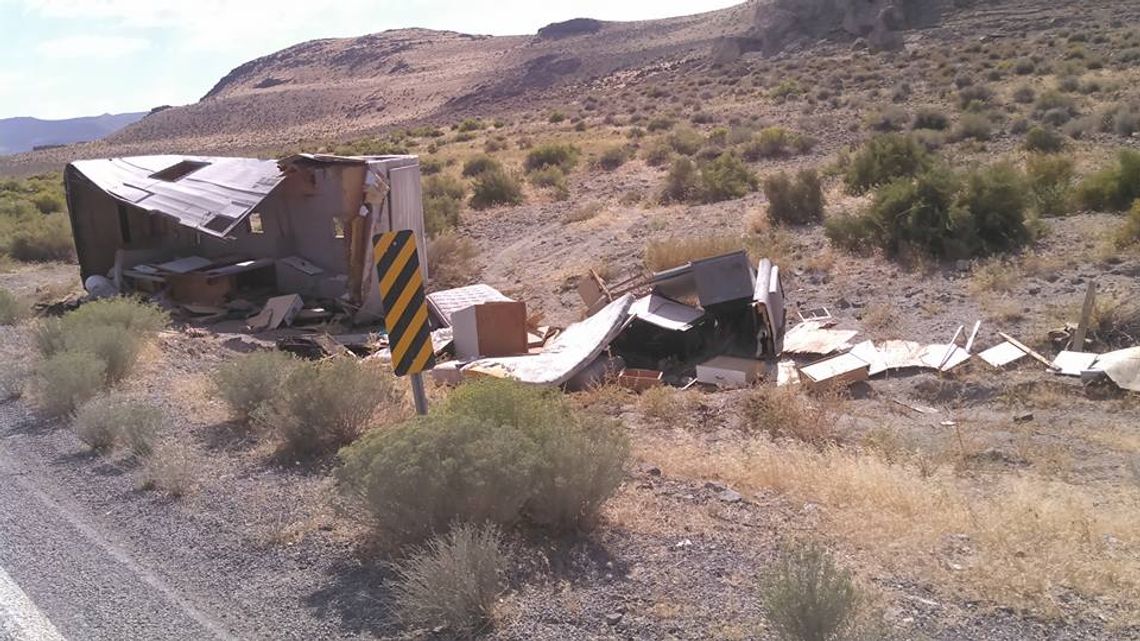

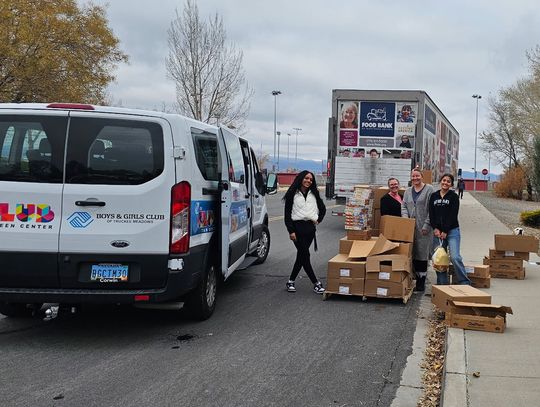
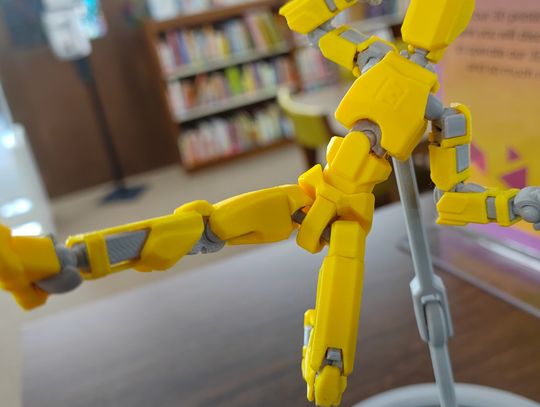
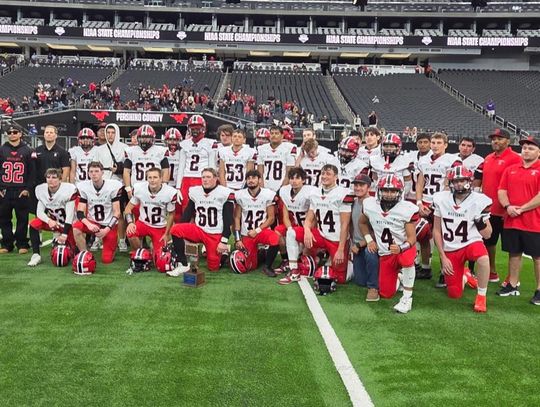
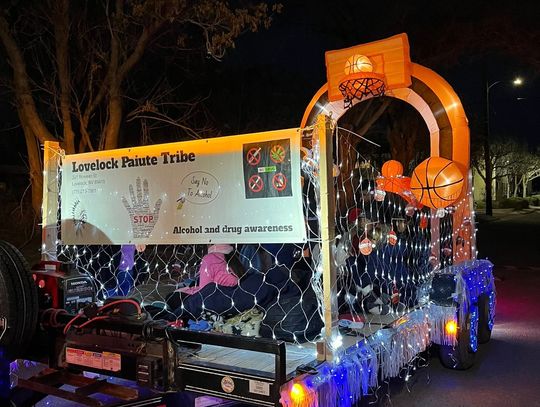

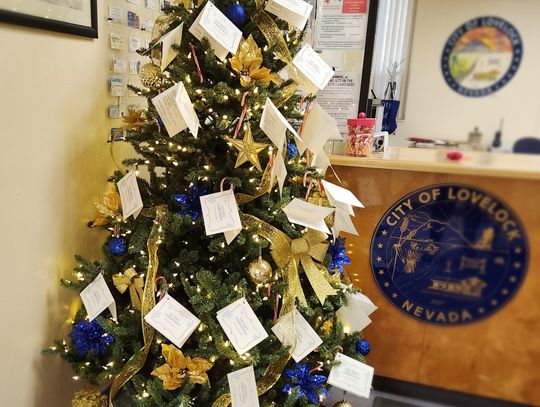
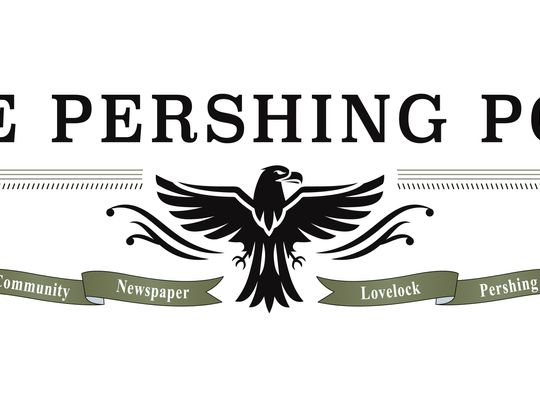
Comment
Comments